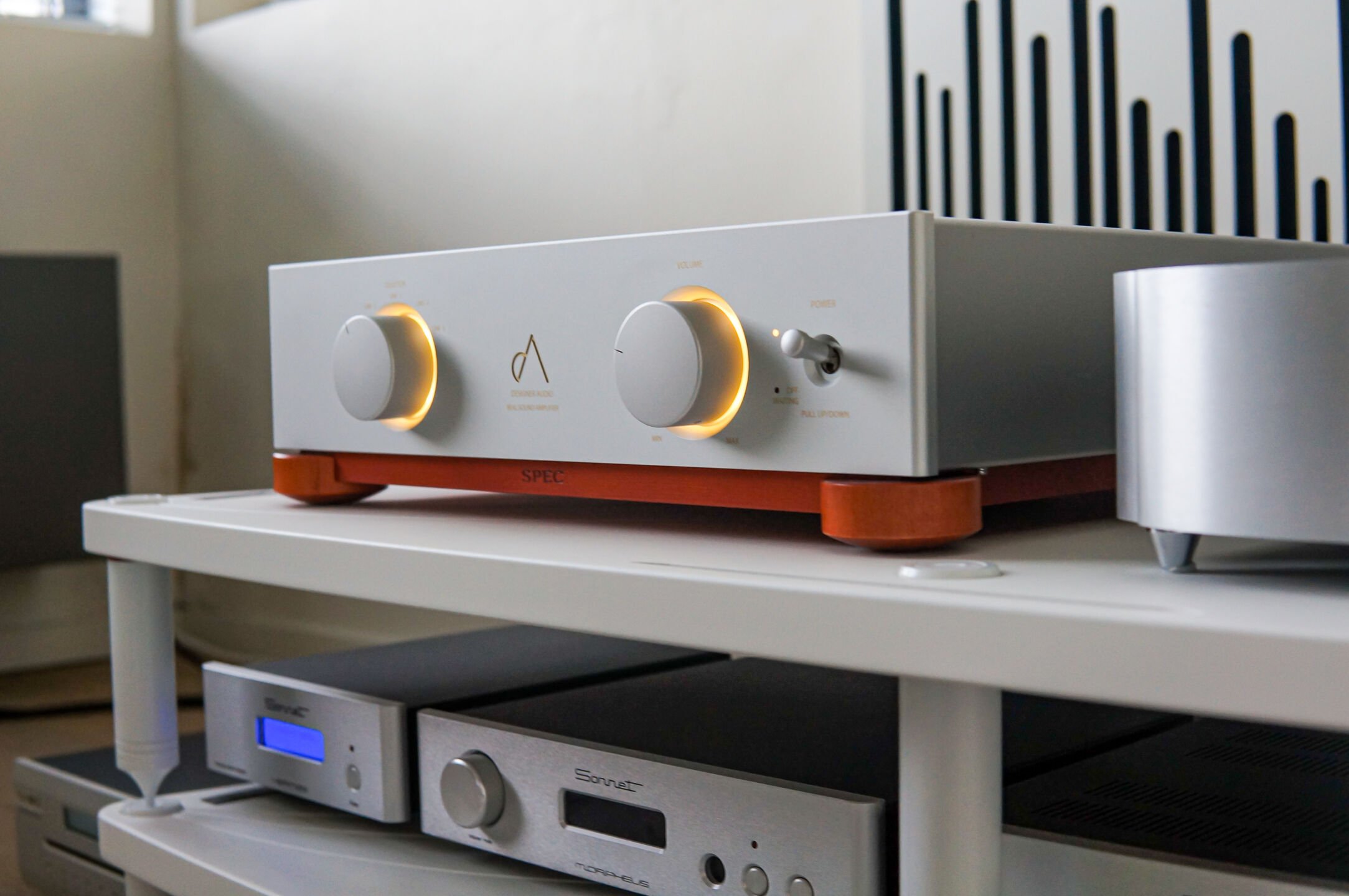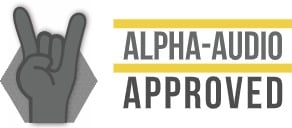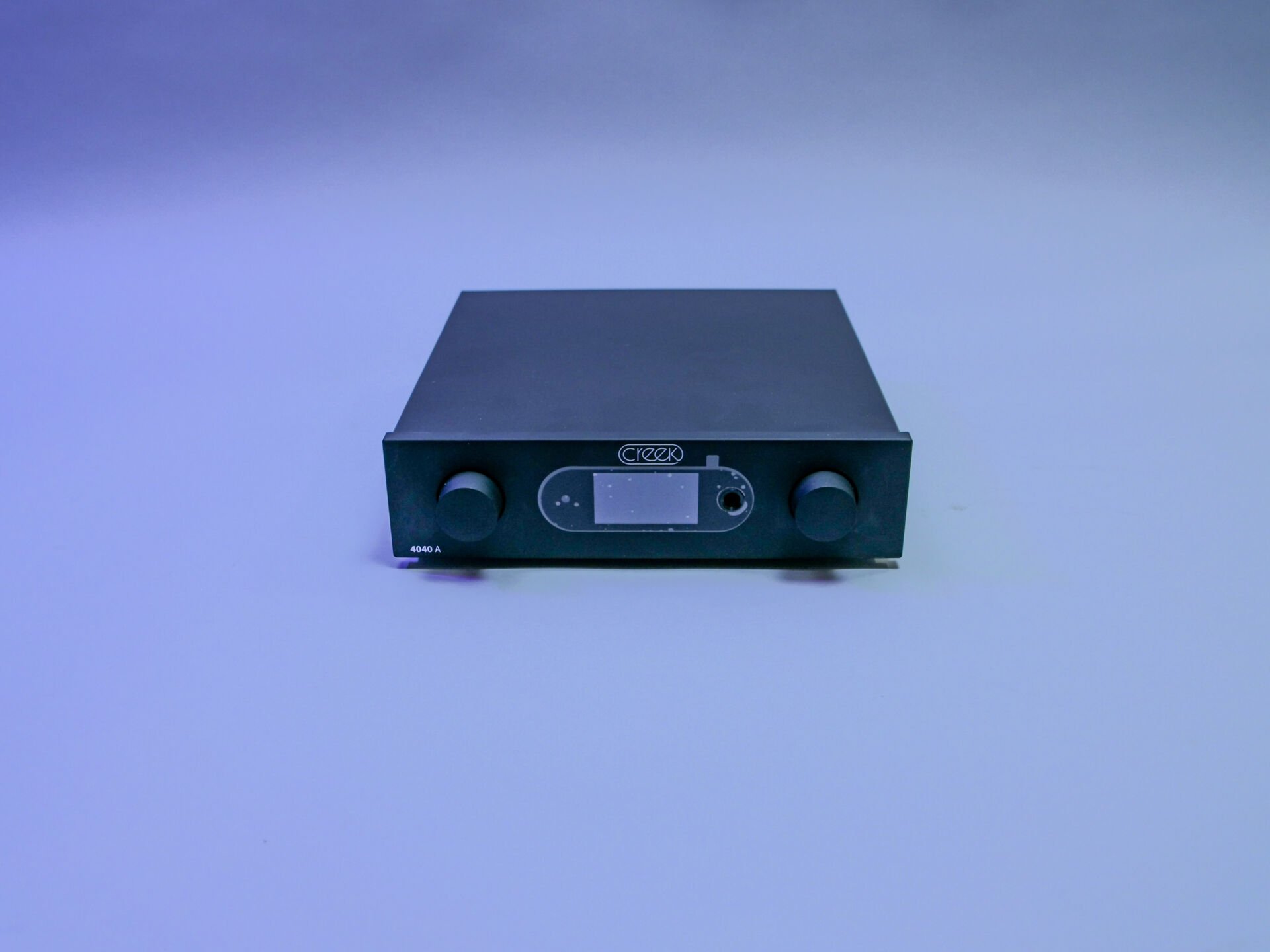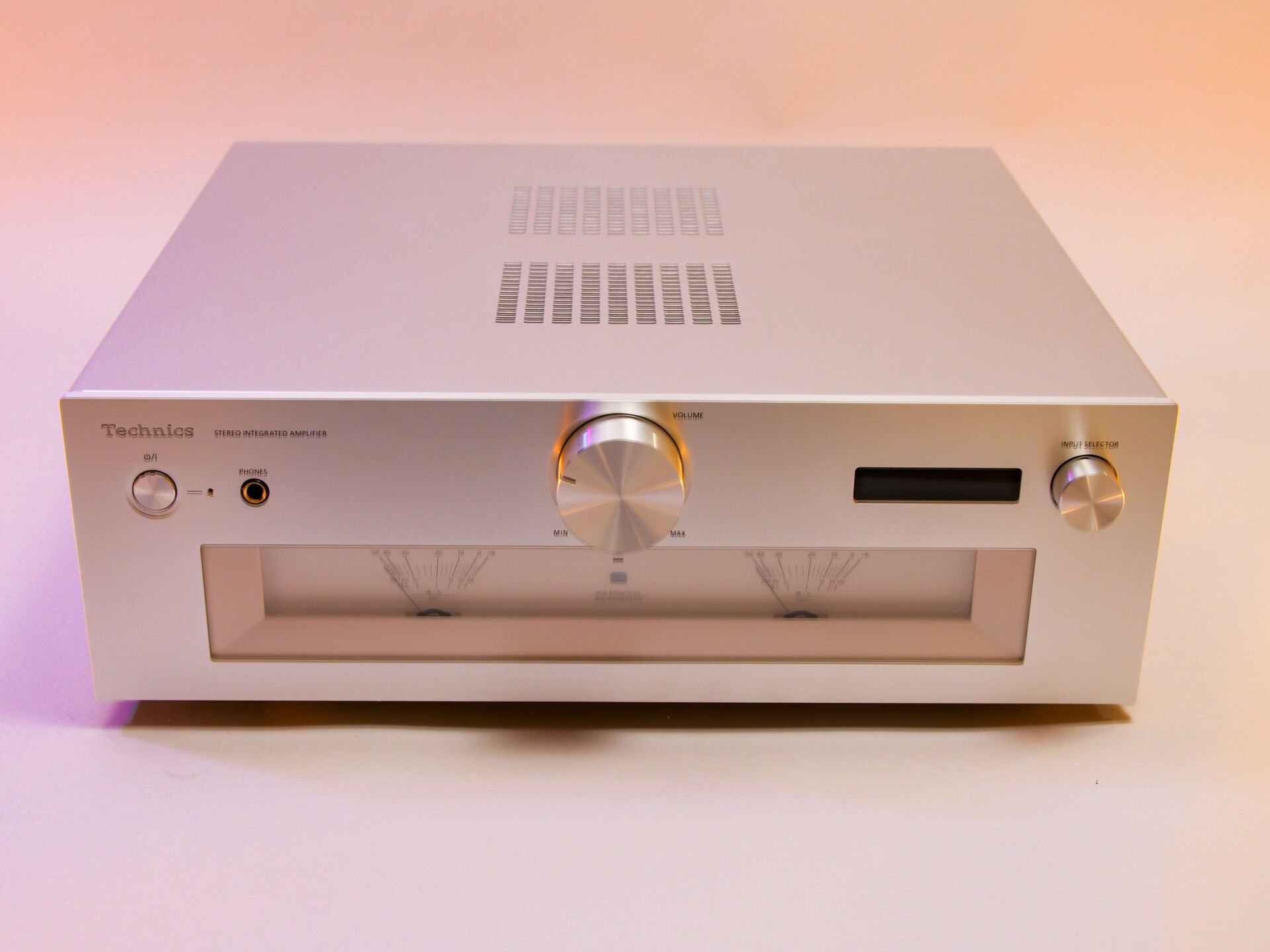

Intro
Contents
Japan’s SPEC Corporation has been around since 2010 but we at Alpha Audio have not tested the brand before. High time to change that. SPEC exclusively makes Class D amplifiers but does so in a different way than the competition. We have the SPEC RSA-M99 integrated amplifier in our rack. A very special device on so many levels. Let’s check it out!
SPEC was founded by Shirokazu Yazaki, who earned his spurs at Pioneer and Teac. Yazaki San himself loves tube amplifiers but wanted to reproduce that sound in a more efficient way. Together with his team, he tinkered with a special design that continues to be refined to this day.
Construction and appearance
The SPEC RSA-M99 looks different from the stuff we normally get in. For starters, there’s the combination of aluminum and spruce. A distinct combination that works surprisingly well. The wood is a reference to wind and string instruments that use similar wood and is said to counteract unwanted resonances. “Beauty is in the eye of the beholder,” at least the orange color is something Japan and the Netherlands have in common.
Up front, we see two large rotary knobs. The left one selects the inputs, the right one controls the volume. There is no remote control provided by default but this can be added if desired. Although we are rather lazy by nature, we never missed it. In fact the interaction with the volume knob, which has the perfect resistance, is an essential part of the experience. By the way, in case you were wondering what the abbreviation RSA stands for, it stands for “Real Sound Amplifier. Now that’s a statement.
Mellow Yellow
Both rotary knobs are very nicely illuminated by a subtle yellow ring of light that isn’t intrusive even at night. Should you still find them annoying, you can turn them off. On the far right is the on/off switch that you have to pull slightly toward you to use. In the middle the SPEC logo and that’s all there is to see on the front of this well designed amplifier.
The back is where it all happens. There we see five line inputs, three single-ended and two balanced. Next to those, the sturdy speaker connections and the power connection. Less visible is the small switch to turn this integrated amplifier as a pure power amplifier. We wouldn’t do that anytime soon given the synergy between the pre- and power amplifier in this amplifier.
SPECifications
Inside the amplifier, everything is perfectly organized. Each component is completely shielded from each other. A so-called R-Core power supply is used for the power amplifier, which SPEC says should produce a dynamic and powerful sound. Furthermore, SPEC uses Nichicon electrolytics, Arizona capacitors and SPEC’s own developed capacitors. In turn, the Mosfets used come from Infineon Technologies. The inside of the unit received a special EMC coating to reduce electromagnetic influences. This amplifier works with a “Pulse Width Modulation” system (PWM) consisting entirely of analog circuits. In this way, a small signal is amplified without loss. The amplifier weighs 16 kg and measures 44x41x12.5 cm and produces very little heat.












Also are you still using the powerquest 3 ?
I have a rega Elex mk4 with monsoon power cable and I’m not sure what would be better, to plug it into the high current of the powerquest or directly in the wall ?
Thanks for your help!
Hello Rems,
Try it out for yourself and see what you prefer. I like both the Monsoon and Magnus. The Magnus is a bit more laidback in my system and that was what i was looking for.
Best regards
Geoffrey
Hey 😃 question for the power cable:
I noticed you used the Audioquest monsoon for your amplifier for a while, but you are now using Ricable magnus: how does it compare in term of sound and why did you switch from monsoon to ricable ? Thanks 😇
I haven’t found any price information in the article. Did I overlooked it?
I have added the price, it is 10.990 Euro (including Dutch VAT). Sorry, we forgot that item while translating the article.